Posted by Maris on 8th Apr 2024
10 Magnificent Animals To Spot In The Highlands
Numerous species find refuge in the Scottish Highlands due to their isolation from human activity. Huge ones that can swim and little ones that are fuzzy. We've compiled a list of 10 incredible animals you should see when visiting Scotland.
The Classic Highland Cow
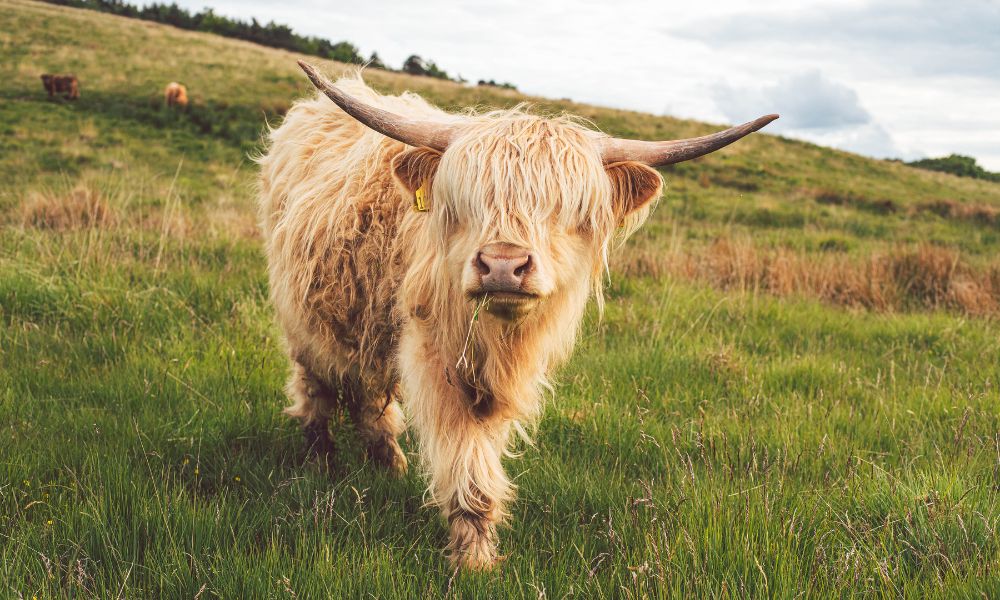
Without the renowned highland cow resembling a Gruffalo, this list wouldn't be authentic to the Highlands. A legendary grazer associated with the rough highlands of Scotland. Beyond their shaggy appearance, their resistance to cold distinguishes them from typical cattle.
Normal cows can tolerate cold temperatures, but highland cows are hardy. Almost caribou and reindeer, notwithstanding what has been stated.
The Enigmatic Scottish Wildcat
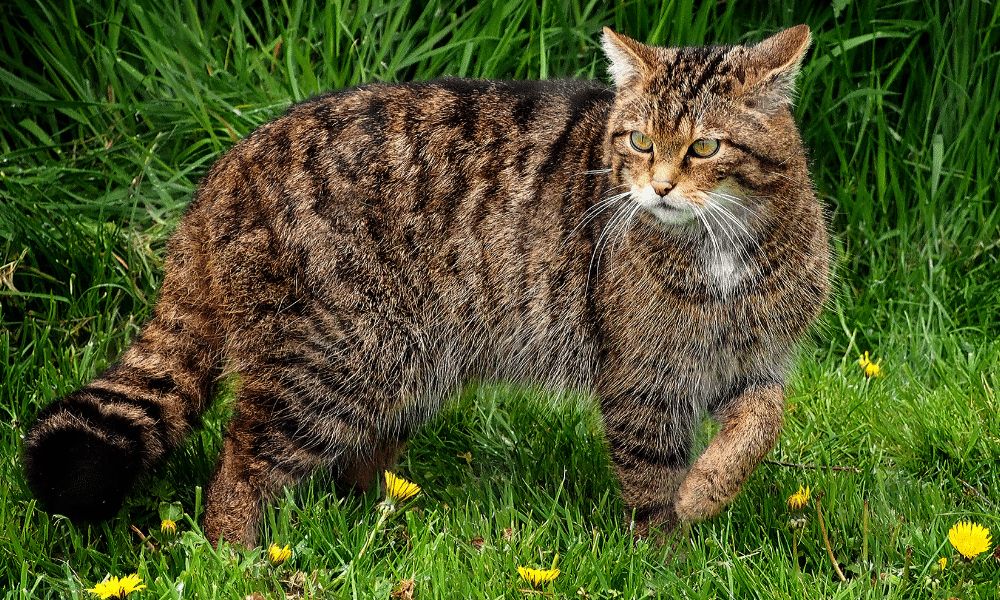
The main hazard to their survival is not to be mistaken for a huge tabby (even if they do make that mistake); breeding with domestic cats can result in hybridization and diseases. It's a depressing story that makes them vulnerable as a species.
But now that a captive breeding scheme is in place, people and conservationists are battling for their lives. Nobody wants to see the last remaining native wildcat in the UK, the indisputable mascot of the Scottish wilderness, become extinct.
The Majestic Golden Eagle
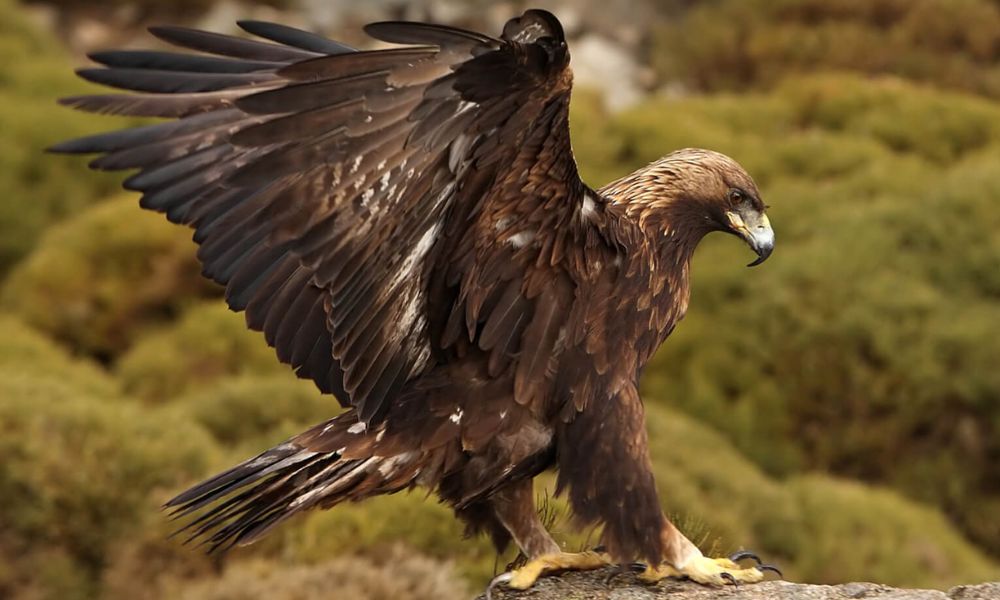
Yes, eagles with golden hair.
The problem is, one could mistakenly believe that the only birds in our skies are seagulls or sparrows in various regions of the British Isles. Even though this is untrue, eagles are nonetheless a unique species.
If you're lounging near a calm lake this summer, keep an eye out for possible bird sightings. With enormous two-meter wingspans and golden brown, flecked plumage, they are difficult to miss.

The Elusive Pine Marten
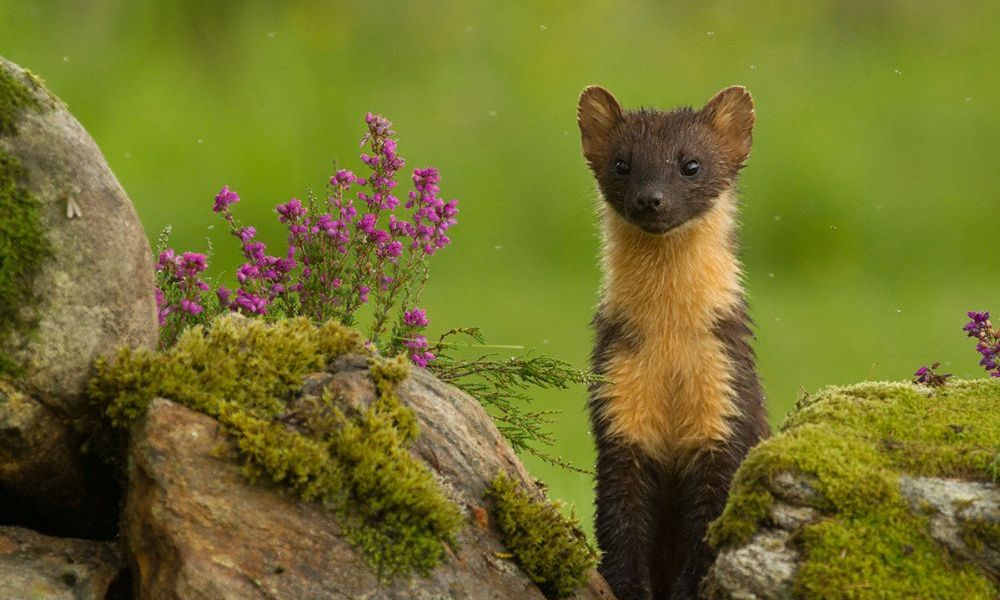
Regretfully, it may take some time to see one of these elusive tree occupants. One of the most difficult-to-find species in the highlands.
claiming that, while it is uncommon, they have been observed to slink into gardens in search of the occasional meal that is left out on a bird table.
Unusual fact: pine martens may leave behind blue droppings. Which other species hold this questionable distinction? It is unavoidable because bilberries make up up to 30% of their meals.
The Staggering Humpback Whale
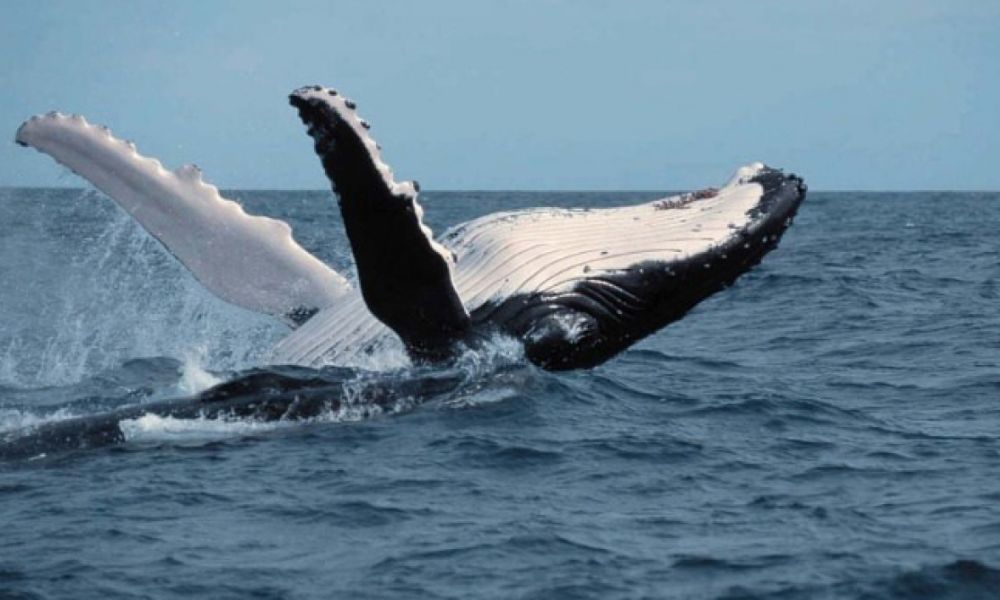
A female humpback whale can grow to be 16 meters long and weigh up to 36 tons. Can you picture yourself that large? Fortunately, they have the ocean to mature into.
Many people are unaware of how excellent the Scottish Highlands' shoreline is for viewing humpback whales.
Commercial whaling has severely damaged the UK's whale population. Until recently, people might have laughed at you if you had claimed to have spotted a humpback whale in Scottish seas. Whaling in the UK is no longer practiced.
Megaptera novaeangliae, to give them their memorable Latin name, are migrating back.
What's coming up next?
The Real-deal Red Squirrel
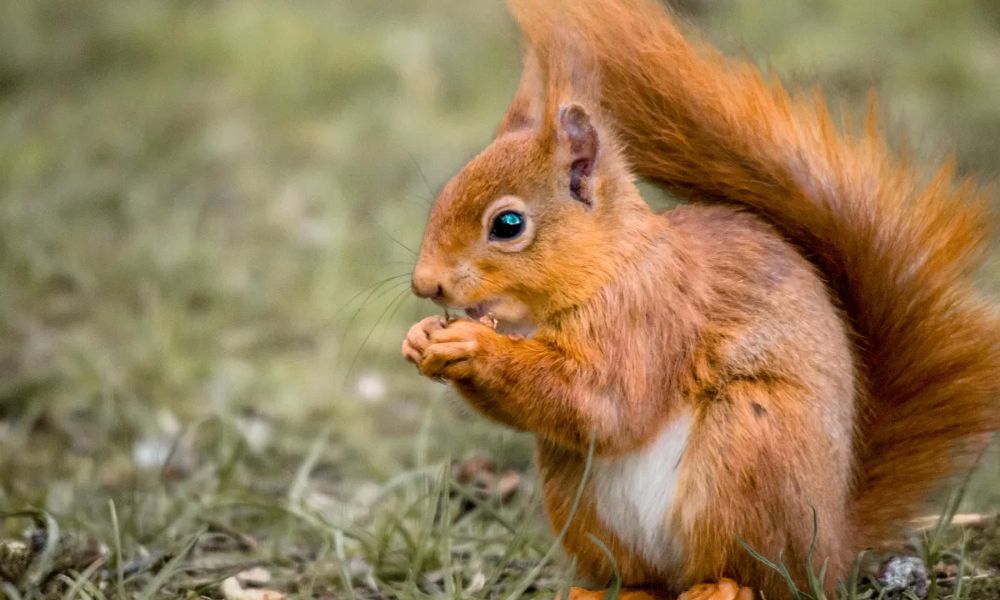
Grey is not a color that I particularly like. Being grey is an innate trait of eastern grey squirrels. They also can't help but be biologically stronger than their red-haired British cousins. Nevertheless, it's a somber tale that the grey invasion may have reduced the number of red squirrels in the UK to less than 160,000.
It is said that 75% of people reside in Scotland, which is the last bastion for squirrel nutkins, and it is a magical sight to view one.
The Clowning Puffin
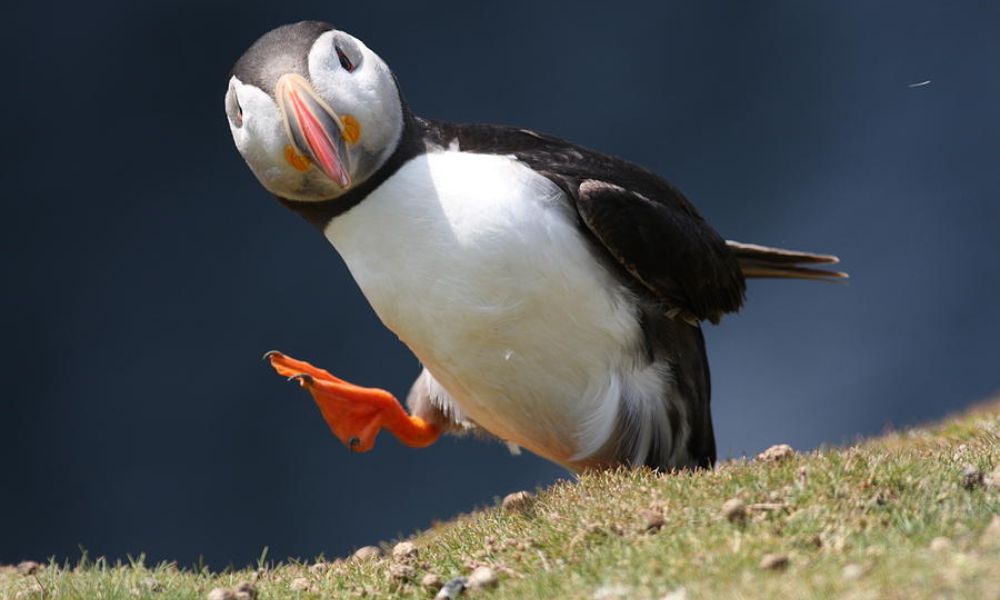
Their appearance may be absurd, resembling tiny winged clowns, but that's not all.
Puffins are powerful flyers that can go at over 50 mph and dive up to 60 meters in search of food. Is that something you can do?
The Regal Red Deer
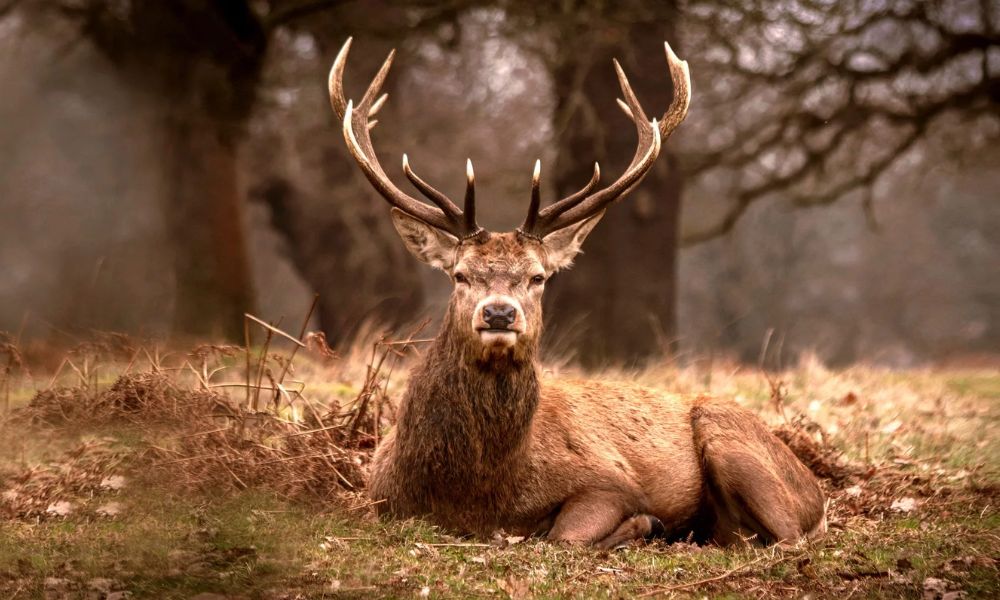
Even yet, red deer can only be found in a few locations in Britain, such as Exmoor. The picture of a red stag in a secluded valley, misty-eyed and roaring at the ladies, is unquestionably Scottish.
They are the fourth largest species of deer and put on a spectacular display during the rutting season, when stags compete with one another for the privilege of breeding.
The Strutting Capercaillie
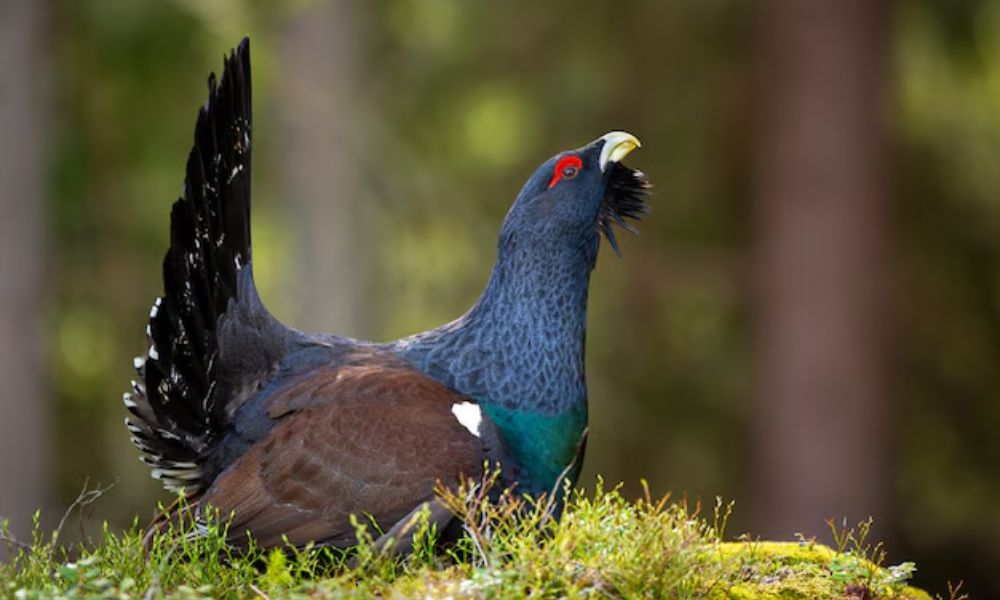
Most of us have probably seen the well-known video of a lustful male capercaillie confronting Sir David Attenborough during an episode of BBC's Life of Birds.
It is well known that male capercaillies put on dazzling and intense courtship displays. They all congregate at a location known as "lekking," where they each have a territorial segment and strut, leap, ruffle, and make peculiar noises similar to "popping" corks.
Although it annoys humans, little female capercaillies find it enticing.
The Playful Dolphin
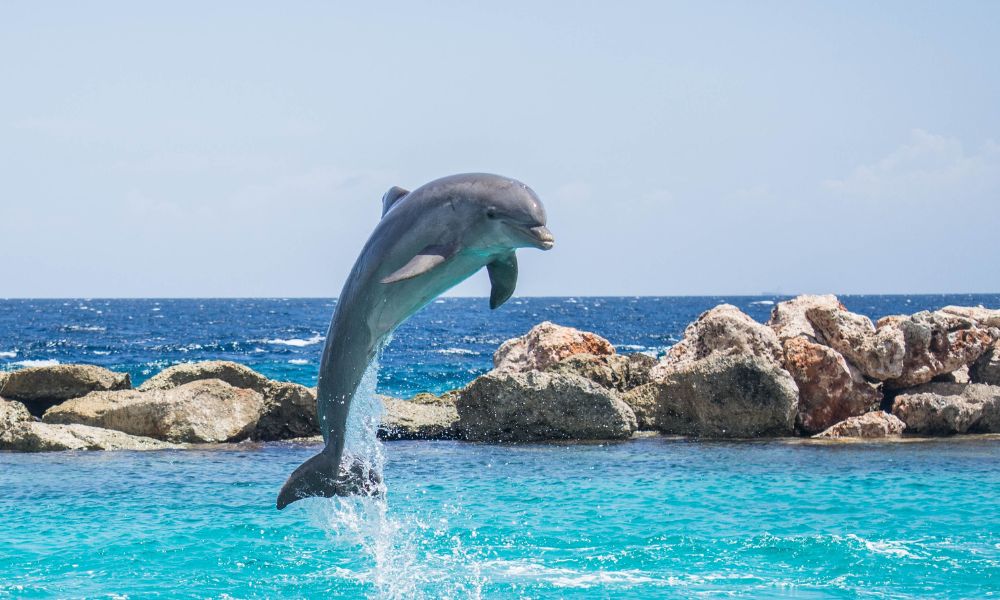
Dolphins with bottlenoses are among our favorite creatures. We believe our bond with them is superior to any other animal, even our great ape relatives.
Their brain-to-body ratio is second only to humans, demonstrating their intelligence and self-awareness. Because of this, they are curious, fun, and entertaining to watch as they leap.
We don't have to go far from Kilcamb Lodge on the biodiverse Ardnamurchan Peninsula to view dolphins. To be honest, they approach us.

